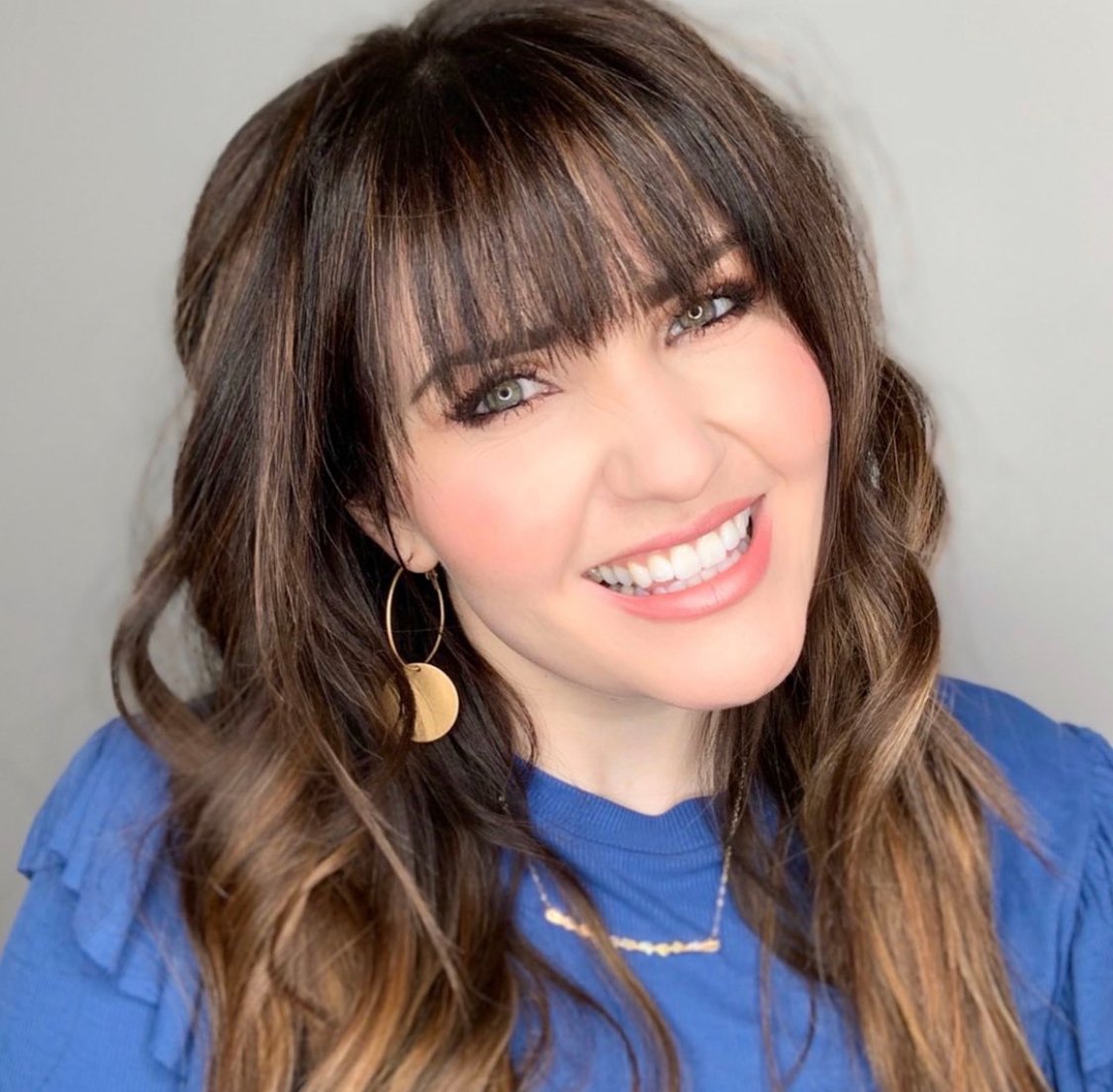Can I make my own skincare products? Yes, you can! Making your own skincare products at home can be a fun and rewarding experience. You get to control the ingredients, tailor the products to your skin type, and save money. This guide will walk you through the basics of DIY skincare, providing easy-to-follow instructions and safety tips for beginners.

Image Source: formulabotanica.com
Embarking on Your DIY Skincare Journey
Creating cosmetic products at home may seem daunting, but with the right knowledge and preparation, it’s entirely achievable. This guide is designed to provide you with the foundational knowledge needed for natural skincare formulation and to get you started crafting your own homemade beauty products. We’ll cover everything from essential ingredients to safe practices, making the skincare manufacturing process accessible and enjoyable.
Why Choose DIY Skincare?
- Customization: Tailor products to your specific skin needs and concerns.
- Ingredient Control: Know exactly what you’re putting on your skin.
- Cost-Effective: Save money compared to buying expensive commercial products.
- Sustainability: Reduce waste by using reusable containers and natural ingredients.
- Fun & Creative: Experiment with different formulas and ingredients.
Laying the Groundwork: Essential Knowledge
Before diving into DIY skincare recipes, it’s crucial to grasp some fundamental principles. This section will cover important aspects like skin types, ingredient selection, and safety protocols.
Deciphering Skin Types
Knowing your skin type is crucial for choosing the right ingredients and formulas. The main skin types are:
- Normal: Balanced, with minimal issues.
- Dry: Feels tight, may flake, and lacks moisture.
- Oily: Produces excess sebum, prone to shine and breakouts.
- Combination: A mix of oily (usually in the T-zone) and dry areas.
- Sensitive: Easily irritated, prone to redness and reactions.
To identify your skin type, observe how your skin feels and looks throughout the day. Is it oily? Dry? Or a bit of both? Pay attention to how your skin reacts to different products.
Selecting the Right Ingredients for Skincare
Choosing the right ingredients is vital for creating effective and safe skincare products. Here’s a breakdown of common ingredients and their benefits:
| Ingredient | Benefits | Skin Type Suitability |
|---|---|---|
| Aloe Vera Gel | Soothes, hydrates, and reduces inflammation. | All skin types, especially sensitive and irritated skin. |
| Coconut Oil | Moisturizes and provides a protective barrier. | Dry and normal skin, but may be comedogenic (pore-clogging) for oily skin. |
| Shea Butter | Rich in fatty acids, moisturizes and softens skin. | Dry and normal skin. |
| Jojoba Oil | Closely resembles skin’s natural sebum, balances oil production. | All skin types, including oily and acne-prone skin. |
| Rosehip Seed Oil | Rich in vitamins and antioxidants, reduces scars and fine lines. | All skin types, particularly beneficial for mature and damaged skin. |
| Honey | Humectant (attracts moisture), antibacterial, and anti-inflammatory. | All skin types, especially beneficial for acne-prone skin. |
| Essential Oils | Provide fragrance and therapeutic benefits (e.g., lavender for calming, tea tree for acne). | Varies depending on the oil; use with caution and dilute properly. |
| Distilled Water | Used as a base for many formulations; ensures purity and prevents contamination. | All skin types. |
| Beeswax | Provides a protective barrier, thickens creams and balms. | All skin types, but use sparingly as it can be heavy. |
Important Considerations:
- Carrier Oils: These are base oils (like coconut, jojoba, or olive oil) that dilute essential oils and deliver them safely to the skin.
- Essential Oils: Potent and concentrated plant extracts; always dilute before applying to the skin. Perform a patch test before using a new essential oil to check for allergic reactions.
- Preservatives: Water-based products need preservatives to prevent bacterial growth. Natural options include vitamin E oil and grapefruit seed extract, but these are not as effective as synthetic preservatives and may not provide broad-spectrum protection.
Prioritizing Safety
Safety is paramount when creating cosmetic products. Here are some essential precautions:
- Sanitize Equipment: Thoroughly clean and sanitize all tools and containers with rubbing alcohol before use.
- Use Distilled Water: Tap water can contain bacteria and minerals that can contaminate your products.
- Proper Storage: Store your homemade skincare products in airtight, dark-colored containers in a cool, dry place.
- Patch Test: Always perform a patch test on a small area of skin before applying a new product to your entire face or body.
- Shelf Life: Homemade skincare products typically have a shorter shelf life than commercial products. Keep track of when you made them and discard if you notice any changes in color, smell, or texture.
- Avoid Eyes: Be careful to avoid getting products in your eyes. If this happens, rinse thoroughly with water.
Formulating Skincare At Home: Step-by-Step
Now that you have a basic knowledge of skin types, ingredients, and safety, let’s move on to creating some simple DIY skincare recipes.
Simple Face Oil Recipe
This face oil is suitable for most skin types and can be customized with different essential oils for added benefits.
Ingredients:
- 1 ounce (30ml) Jojoba Oil
- 0.5 ounce (15ml) Rosehip Seed Oil
- 5 drops Lavender Essential Oil (optional, for calming)
- 3 drops Tea Tree Essential Oil (optional, for acne-prone skin)
Instructions:
- Sanitize a glass bottle with a dropper.
- Combine the jojoba oil and rosehip seed oil in the bottle.
- Add the essential oils (if using).
- Close the bottle and shake well to mix.
- Apply 2-3 drops to clean, damp skin morning and night.
Easy DIY Face Mask
This mask is great for hydrating and soothing the skin.
Ingredients:
- 1 tablespoon plain yogurt (or coconut yogurt for vegan)
- 1 teaspoon honey
- 1/2 teaspoon aloe vera gel
Instructions:
- In a small bowl, mix together the yogurt, honey, and aloe vera gel.
- Apply the mixture to clean skin, avoiding the eye area.
- Leave on for 10-15 minutes.
- Rinse off with lukewarm water and pat dry.
Simple Body Scrub
This scrub exfoliates and moisturizes the skin.
Ingredients:
- 1 cup granulated sugar (or salt for a more abrasive scrub)
- 1/2 cup coconut oil (melted)
- 5-10 drops of your favorite essential oil (optional)
Instructions:
- In a bowl, combine the sugar and melted coconut oil.
- Add the essential oil (if using) and mix well.
- Store in an airtight container.
- To use, massage onto wet skin in circular motions, then rinse thoroughly.
Diving Deeper: Advanced Techniques for DIY Skincare
Once you’re comfortable with basic recipes, you can explore more advanced techniques and ingredients.
Emulsification: Combining Oil and Water
Emulsification is the process of combining oil and water-based ingredients to create creams and lotions. This requires an emulsifier, a substance that helps bind oil and water together. Common emulsifiers include beeswax, emulsifying wax, and lecithin.
Example Recipe: Basic Lotion
Ingredients:
- 1/2 cup distilled water
- 1/4 cup oil (e.g., almond oil, grapeseed oil)
- 2 tablespoons emulsifying wax
- 1 teaspoon shea butter
- 1/2 teaspoon preservative (e.g., Germaben II)
- Optional: Essential oils for fragrance
Instructions:
- In a heat-safe container, combine the distilled water.
- In a separate heat-safe container, combine the oil, emulsifying wax, and shea butter.
- Heat both containers in a double boiler or microwave until the wax and butter are melted.
- Slowly pour the water phase into the oil phase, whisking constantly.
- Continue whisking until the mixture cools and thickens into a lotion.
- Add the preservative and essential oils (if using), and mix well.
- Store in an airtight container.
Mastering Preservatives
Water-based skincare products are susceptible to bacterial and fungal growth. Using a preservative is essential to extend the shelf life and ensure the safety of your products.
Common Preservatives:
- Germaben II: A broad-spectrum preservative effective against bacteria, mold, and yeast.
- Optiphen Plus: A paraben-free preservative with a wide range of efficacy.
- Phenoxyethanol: Another common and effective preservative.
Always follow the manufacturer’s instructions for usage rates when adding preservatives to your formulations.
Exploring Active Ingredients
Active ingredients are ingredients that have a specific effect on the skin, such as reducing wrinkles, treating acne, or lightening dark spots.
Examples of Active Ingredients:
- Vitamin C: Antioxidant, brightens skin, and boosts collagen production.
- Hyaluronic Acid: Humectant, attracts and retains moisture.
- Niacinamide: Reduces inflammation, minimizes pores, and improves skin tone.
- Salicylic Acid: Exfoliates, unclogs pores, and treats acne.
When incorporating active ingredients, start with low concentrations and gradually increase as tolerated. Be mindful of potential interactions and contraindications.
Grasping the Skincare Manufacturing Process
Even on a small scale, there are important steps to follow that echo those in the wider skincare manufacturing process. These include research and development, sourcing, blending, quality control and packaging.
- Research and Development: This involves finding a beneficial formula, testing on small scales and perfecting the recipe.
- Sourcing: Getting high-quality ingredients from trusted suppliers is important.
- Blending: The correct combination and mixing of ingredients as specified in your formula.
- Quality Control: Inspecting the finished product for consistency, appearance, and smell.
- Packaging: Selecting airtight, appropriate containers to maintain product integrity.
Furthering Your Knowledge: Skincare Product Formulation Course
If you’re passionate about DIY skincare and want to deepen your knowledge, consider taking a skincare product formulation course. These courses can provide comprehensive training in cosmetic chemistry, formulation techniques, and regulatory requirements.
- Online Courses: Several online platforms offer skincare formulation courses for beginners and advanced learners.
- Workshops: Some schools and organizations offer hands-on workshops where you can learn formulation techniques from experienced instructors.
- Certification Programs: For those seeking professional credentials, certification programs can provide in-depth training and validation of your skills.
FAQ: Your DIY Skincare Questions Answered
Q: What ingredients should I avoid in DIY skincare?
A: Avoid using potentially harmful ingredients like bleach, borax, and undiluted essential oils. Be cautious with citrus juices, as they can cause photosensitivity.
Q: How long do homemade skincare products last?
A: It varies depending on the ingredients and whether you use a preservative. Products without preservatives typically last 1-2 weeks, while those with preservatives can last 1-3 months. Always check for signs of spoilage before use.
Q: Can I sell my homemade skincare products?
A: Selling skincare products requires compliance with regulations, which vary depending on your location. You may need to register your business, obtain permits, and ensure your products are properly labeled and safe.
Q: How do I test for allergies when using new ingredients?
A: Always perform a patch test before using a new ingredient. Apply a small amount to a discreet area of skin (like the inside of your wrist or behind your ear) and wait 24-48 hours. If you experience any redness, itching, or irritation, discontinue use.
Q: What is the difference between oil-based and water-based skincare?
A: Oil-based products contain primarily oils and are suitable for moisturizing and protecting the skin. Water-based products contain water as a primary ingredient and often require preservatives to prevent bacterial growth.
DIY skincare is a rewarding journey that empowers you to take control of your skin’s health. By following the guidelines and recipes in this guide, you can create safe, effective, and personalized skincare products in the comfort of your own home. So, grab your ingredients, sanitize your tools, and get ready to embark on your DIY skincare adventure!

I’m Carrie Kelly, the creator behind Gotham Beauty Lounge. Beauty is my passion, and I’ve made it my mission to bring you all the latest trends, expert tips, and honest reviews to help you elevate your beauty game. With a love for all things bold, edgy, and elegant, I believe makeup is an art form, and skincare is self-care. On my blog, I share my personal experiences, favorite products, and advice for embracing your unique beauty. Join me on this exciting journey to feel confident, empowered, and, most importantly, to always look and feel your best!
